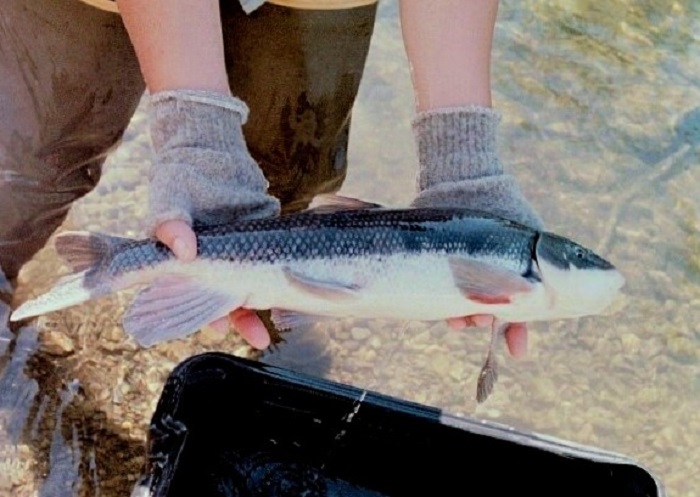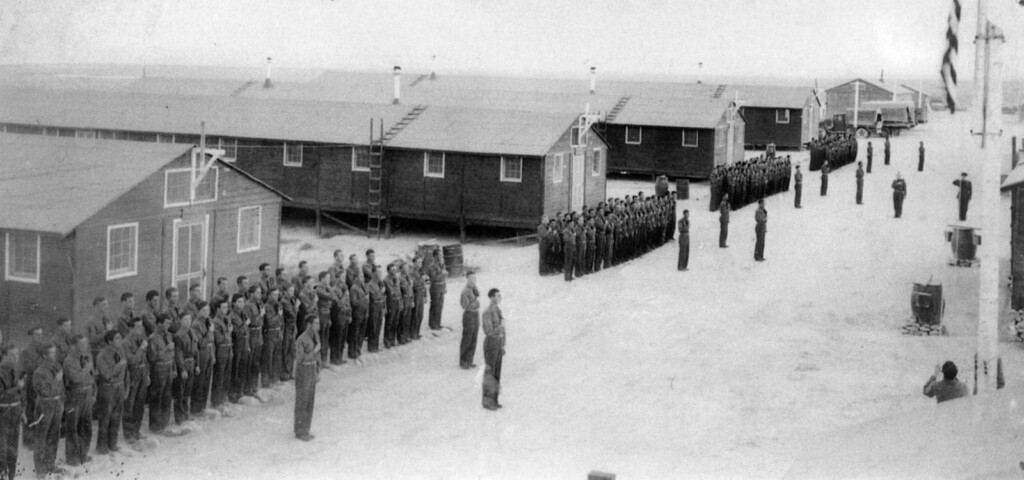
The June sucker (JS), native only to Utah Lake, was placed on America’s Endangered Species’ List more than a decade ago when there were less than 400 remaining in the lake. Two other native fishes of the lake, Utah Lake sculpin, and a unique form of our state fish, the Utah Lake Bonneville cutthroat trout, are already extinct. To save this unique suckerfish and its extremely shallow ecosystem, a Recovery Implementation Program (RIP) was created.
As the formal “Outdoor Interests Representative” on the RIP for more than a decade, I try to represent the public’s angler and environmental interests. My longtime passion for RIP projects as its only volunteer comes from being an avid lifelong Utah Lake angler who also possesses a MS degree in fish ecology and knowledge of the lake’s many introduced fish.
Unlike its closest sucker neighbor, the “Utah Lake Utah sucker”, who´s mouth angles downward enabling it to suck food off the bottom, JS, a “lake sucker”, adapted itself to swim around Utah Lake in schools to filter-feed on very small food, so its mouth points more forward.
Both fish have the extremely unique relationship of being able to interbreed during tough environmental conditions to produce fertile hybrid offspring in an effort to preserve each other through time and space. Utah Lake has likely dried up multiple times times since Lake Bonneville drained thousands of years ago, and lake suckers need lakes.
Most fishermen in Utah refer to all suckers as “trash fish”, not understanding their true values. When early Mormon settlers arrived here, JS provided a badly needed food source, and devout church-goers even donated them as tithings to the Church.
The greatest value of JS to all fisherman is their capacity to spawn millions of offspring (in June) to feed all the lake’s fish and birds, including many of today’s introduced, exotic sport and food fishes.
Historically JS was the dominant fish in the lake. Today, the Eurasian common carp, also considered a trash fish, was introduced about 100 years ago, and is now the dominant fish. There is no evidence that carp ever caused JS declines, although the RIP has spent millions of dollars attempting to kill them. In fact, the well-adapted native suckers have always outcompeted the adult carp, which was originally introduced as a food fish.
Over the past decade, the RIP’s partners have worked hard to raise tens of thousands of JS frye in captivity and release them into the lake. More important, they have also worked to restore the lake´s tributary spawning habitats, the loss of which was the reason they declined in the first place. For these efforts, the RIP even won a national award in 2014 for progress toward removing the species from the endangered list.
I am very encouraged that this species will again be able to flood the lake with its young and likely fuel a new world-class sport and food fishery for trophy bass, walleye, catfish and panfish, for the obvious economic benefit of all Utahns.


